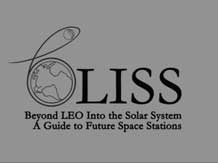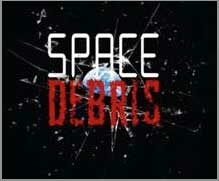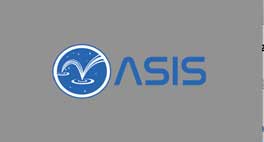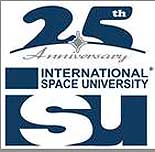After nine weeks of intense studying, the Closing Ceremony of the Space Studies Program (SSP) approaches. It is time for the participants to present the results of their team projects (TP). The presentations will take place on August 2nd, 2012 at the Florida Institute of Technology (FIT) from 9am until 11:45 and from 1:15pm until 4pm (Eastern Daylight Time). The presentations will be webcast and available on.
The Team Project objective encourages participants to put into practice what they learned during the SSP, to contribute with their own educational and professional backgrounds, to experience decision-making and organizing team work in a interdisciplinary and intercultural environment, and to produce a comprehensive report of a professional level to be presented in a public session. This year four teams of participants worked on the following Team Projects:
Next Generation Space Stations: Beyond LEO Into the Solar System (BLISS)

Current ISS partners have committed to maintain the station until 2020. It is essential to develop and initiate a plan for these future space stations within the next few years to maintain a permanent human presence in space. BLISS identified design drivers for space stations based on lessons from previous space station designs and operations and made recommendations for future international cooperation in space. The team examined six key elements that need to be incorporated into space station planning – engineering, station science, commercial applications, international cooperation, finance, and education and public outreach. Taking an international, intercultural and interdisciplinary approach, BLISS will address all areas that will that will lead to the success of these Next Generation Space Stations.
Space Debris

There are an estimated 700,000 objects larger than 1 cm currently in orbit around Earth, posing a significant threat to current operational space assets. This team tackled the considerable task of reviewing current knowledge of the technology and policies regarding orbital debris mitigation, active removal and regulation. Space Debris then developed a Debris Mitigation Cost-Benefit Analysis Summary, and proposed mitigation and removal strategies with the intent to carry these strategies forward to industry and governments. They also developed business and financial plans to support the proposed mitigation and removal strategies.
Spaceports: Operations And Service Infrastructure for Space (OASIS)

Spaceports are infrastructure waypoints providing services for space vehicles to allow for human and robotic expansion into the solar system and beyond. OASIS set out to establish the needs and requirements to set up a spaceport network (using existing terrestrial spaceports as a guide) that will allow for human and robotic exploration of our solar system and beyond. After conducting extensive research, OASIS proposed a network architecture and roadmap for future spaceports and identified functions to be provided by nodes on the network. The team also discussed the political, legal, financial, and cultural considerations that would play a role in the development of future spaceport networks.
SPACE: One Giant Leap for Education

SPACE: One Giant Leap for Education aims to use space as an enabling medium to develop Science, Technology, Engineering and Mathematics (STEM) educational methods that will inspire the next generation of engineers, mathematicians, technologies and scientists. This team investigated social issues of STEM policies, including why are some people underrepresented in STEM education, and methods to promote STEM disciplines to a broader audience. They also considered the integration of art into STEM, and investigated current teaching methods. As part of the final project report, SPACE: One Giant Leap for Education proposed an idea for a product that will increase interest in STEM education.

The International Space University, founded in 1987 and headquartered in Strasbourg, France, is the world’s leading international space education institution. It is supported by the world's space leading agencies and aerospace organizations. All ISU programs are taught at the graduate level and are dedicated to promoting international, interdisciplinary and intercultural cooperation in space activities. Over the past 25 years the legendary 9-week Space Studies Program has convened in different host cities around the world. ISU also offers 2 Masters Programs (M.Sc. in Space Studies and M.Sc. in Space Management) as well as an Executive MBA and Executive programs. ISU programs are taught by over 100 full and part time faculty together with invited industry experts from throughout the world.

